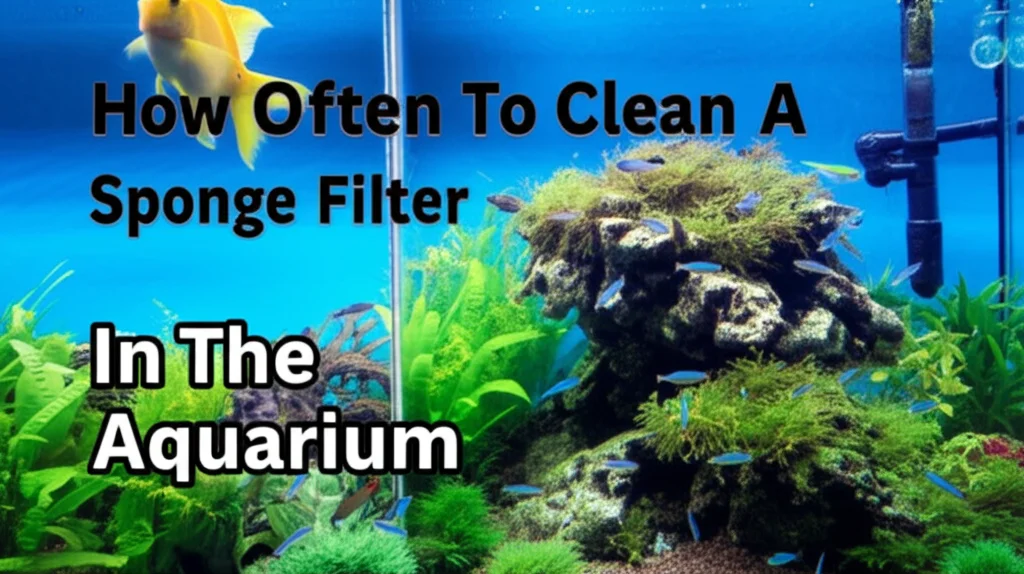· Aquarium Care · 7 min read
How To Clean Silk Aquarium Plants

Keeping Your Underwater Garden Fresh: How To Clean Silk Aquarium Plants
Have you noticed your vibrant silk aquarium plants looking a little dull? Algae growth and accumulated debris can quickly diminish their beauty and potentially impact your fish’s health. Cleaning silk aquarium plants is a crucial part of maintaining a healthy and visually appealing aquatic environment. This guide will walk you through everything you need to know to keep your artificial plants looking their best, from gentle cleaning techniques to preventative measures. We’ll cover the best methods, tools, and frequency for cleaning, ensuring your aquarium remains a thriving ecosystem.
Takeaway:
- Regularly inspect your silk plants for algae and debris.
- Use gentle methods like rinsing or soft brushing to avoid damage.
- Avoid harsh chemicals that could harm your fish.
- Preventative measures, like proper lighting and water changes, can reduce cleaning frequency.
Quick Answer:
To clean silk aquarium plants, gently remove them from the tank and rinse them in aquarium water (never tap water!). Use a soft brush to dislodge algae or debris, and avoid harsh soaps or chemicals. Return the plants to the aquarium once clean.
Why Silk Aquarium Plants Need Cleaning
Silk aquarium plants, while artificial, aren’t immune to needing a good cleaning. Even though they don’t photosynthesize, they still provide a surface for algae to grow on. Algae spores are naturally present in aquarium water, and they readily attach to any available surface. This algae growth can make your plants look unsightly and, if left unchecked, can contribute to an imbalance in your aquarium’s ecosystem. Furthermore, debris like fish food and waste can accumulate on the delicate silk leaves, further detracting from their appearance and potentially impacting water quality.
Gathering Your Cleaning Supplies
Before you start, it’s important to have the right tools on hand. Using the wrong materials can damage your silk plants or introduce harmful substances into your aquarium. Here’s a checklist of what you’ll need:
- Aquarium Water: Always use water from the aquarium for cleaning. Tap water contains chlorine and chloramine, which are toxic to fish and beneficial bacteria.
- Soft Brush: A very soft toothbrush or a dedicated aquarium plant brush is ideal. Avoid brushes with stiff bristles, as these can fray the silk fibers.
- Bucket or Container: A clean bucket or container to hold the aquarium water and the plants during cleaning.
- Optional: Turkey Baster or Siphon: Useful for removing loose debris before a more thorough cleaning.
- Optional: Plant Weight: To hold the plant in place while cleaning.
The Gentle Rinse: A Basic Cleaning Method
For routine maintenance, a simple rinse is often all that’s needed. This method is best for removing loose debris and preventing algae buildup. Start by gently removing the silk plant from the aquarium. Place it in your bucket filled with aquarium water. Then, gently swish the plant around in the water, using your hand to dislodge any loose particles.
If you notice stubborn debris, use the turkey baster or siphon to direct a stream of water at the affected areas. Inspect the plant carefully, and repeat the rinsing process until it appears clean. Finally, carefully return the plant to its original position in the aquarium.
Tackling Algae: A More Thorough Cleaning
When algae growth becomes noticeable, a more thorough cleaning is required. Again, remove the plant from the aquarium and place it in a bucket of aquarium water. Using your soft brush, gently scrub the leaves and stems of the plant, paying particular attention to areas where algae is concentrated.
Work in small sections, and avoid applying excessive pressure. You want to remove the algae without damaging the delicate silk fibers. If the algae is particularly stubborn, you can let the plant soak in the aquarium water for a few minutes to help loosen it. Once you’ve removed all visible algae, rinse the plant thoroughly with aquarium water before returning it to the tank. You can find more information on maintaining a clean aquarium environment at https://www.beacleaner.com/how-to-clean-bathroom-floor-without-mop/.
Dealing with Different Types of Algae
Different types of algae may require slightly different approaches:
- Green Spot Algae: This appears as small, green spots on the plant’s surface. Gentle scrubbing with a soft brush is usually effective.
- Hair Algae: This forms long, stringy strands. Carefully remove the strands by hand or use a soft brush to gently dislodge them.
- Black Brush Algae (BBA): This is a more challenging type of algae to remove. It often requires more vigorous scrubbing and may benefit from a brief soak in a diluted solution of hydrogen peroxide (use with extreme caution and research proper dilution ratios for aquarium use).
Avoiding Harsh Chemicals: Protecting Your Fish
It’s tempting to reach for strong cleaning solutions when dealing with stubborn algae or debris. However, never use harsh chemicals like bleach, detergents, or ammonia on your silk aquarium plants. These substances are toxic to fish and can disrupt the delicate balance of your aquarium’s ecosystem. Even seemingly mild household cleaners can contain harmful ingredients.
Stick to aquarium water and gentle physical cleaning methods. If you’re concerned about algae growth, address the underlying causes (see the “Preventative Measures” section below) rather than resorting to harsh chemicals. Maintaining a clean environment is important, but so is the health of your aquatic friends. You can learn more about safe cleaning practices for your home at https://www.beacleaner.com/how-to-clean-vinyl-plank-flooring/.
Preventative Measures: Reducing Cleaning Frequency
While regular cleaning is essential, you can minimize the frequency by taking preventative measures. Here are a few tips:
- Proper Lighting: Excessive light can promote algae growth. Ensure your aquarium lighting is appropriate for the plants and fish you have, and avoid exposing the tank to direct sunlight.
- Regular Water Changes: Regular water changes help remove excess nutrients that algae feed on. Aim for a 25-50% water change every week or two, depending on your tank size and fish load.
- Good Filtration: A good filtration system helps remove debris and excess nutrients from the water, reducing the food source for algae.
- Balanced Nutrient Levels: Monitor your aquarium’s water parameters (nitrates, phosphates) and maintain them at appropriate levels.
- Algae Eaters: Consider adding algae-eating fish or invertebrates (like snails or shrimp) to your aquarium. These creatures can help keep algae growth under control.
Frequently Asked Questions (FAQ)
Q: Can I use tap water to clean my silk plants?
A: No, never use tap water. Tap water contains chlorine and chloramine, which are harmful to fish and beneficial bacteria. Always use aquarium water for cleaning.
Q: How often should I clean my silk aquarium plants?
A: This depends on your aquarium’s conditions. Generally, a quick rinse every week or two is sufficient, with a more thorough cleaning every month or as needed.
Q: Will cleaning my plants disrupt the aquarium’s ecosystem?
A: Gentle cleaning using aquarium water should not significantly disrupt the ecosystem. However, avoid removing too much beneficial bacteria during cleaning.
Q: My silk plant is starting to fray. What can I do?
A: Fraying is a common issue with silk plants. Avoid harsh scrubbing and use a very soft brush. You can sometimes carefully trim frayed edges with small scissors.
Conclusion: A Beautiful and Healthy Aquarium
Cleaning silk aquarium plants is a simple yet vital task for maintaining a beautiful and healthy aquatic environment. By following these guidelines – gentle cleaning techniques, avoiding harsh chemicals, and implementing preventative measures – you can keep your artificial plants looking vibrant and ensure the well-being of your fish. Remember, a clean aquarium is a happy aquarium! Regular maintenance, like cleaning your silk plants, contributes to a thriving ecosystem that you can enjoy for years to come. For more tips on keeping your home clean and healthy, explore our other articles at https://www.beacleaner.com/how-to-clean-hardwood-floors-with-vinegar/.




